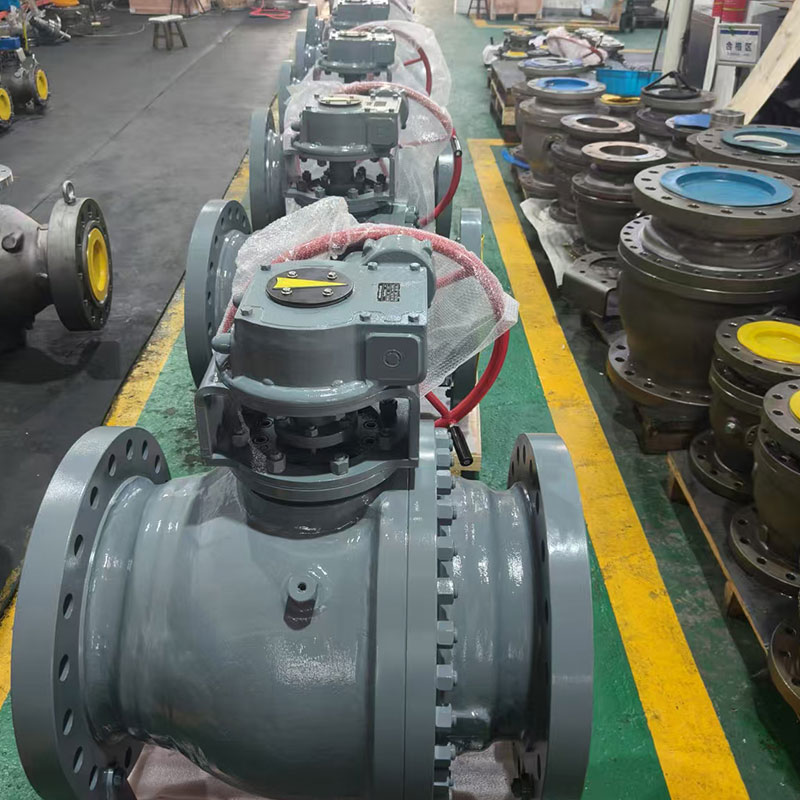

Ball valves are widely used in industries such as oil and gas, water treatment, and chemical processing due to their reliability and ease of operation. When sourcing valves, buyers often consult an ANSI Ball Valve Factory to understand pricing. Various factors influence the cost of ball valves, from material selection to production processes, making it important for buyers to know what contributes to the final price.
Material Selection
One of the main factors affecting ball valve pricing is the material used. Valves can be made from stainless steel, carbon steel, brass, or other alloys. Stainless steel valves, for example, offer corrosion resistance and durability, which often makes them more expensive than carbon steel or brass options.
An ANSI Ball Valve Factory typically provides multiple material options, and the choice of material directly influences both the valve's performance and cost. Special coatings, such as nickel plating or anti-corrosion layers, can further increase the price.
Valve Size and Pressure Rating
The size of the valve is another key consideration. Larger valves require more raw material and more complex manufacturing, which raises costs. In addition, valves designed to withstand higher pressure ratings involve thicker walls and enhanced engineering, adding to production complexity.
Factories that adhere to ANSI standards must ensure that each valve meets pressure and dimensional requirements. Meeting these standards may require precise machining and testing, which can influence pricing.
Production Complexity
The design and functionality of the ball valve also play a role in cost. Simple two-way valves are generally less expensive, while three-way or multi-port valves require more intricate design and assembly. Features such as extended stems, locking mechanisms, or automation compatibility can increase production time and cost.
An ANSI Ball Valve Factory that offers customization or advanced features may charge higher prices due to the additional engineering and labor required. Complex valves often undergo more rigorous quality checks, which can also impact cost.
Quantity and Order Size
Order volume can affect the price per unit. Many factories offer discounts for bulk purchases because larger orders reduce setup costs and allow for more efficient production runs. Small orders, especially customized valves, typically come with higher per-unit prices.
Purchasing directly from an ANSI Ball Valve Factory rather than through intermediaries can also affect pricing. Direct procurement often reduces markups, making it more cost-effective for buyers.
Testing and Certification
Testing and certification are critical for industrial applications. Valves may need to pass pressure tests, leakage tests, and material inspections. Certificates such as ISO 9001, API, or ANSI compliance are often required for specific industries.
The additional labor and documentation involved in testing and certification can influence pricing. Buyers who require fully certified valves should expect a higher cost, reflecting the assurance of quality and compliance.
Market Conditions and Supply Chain
External factors such as raw material prices, labor costs, and supply chain conditions also impact ball valve pricing. Fluctuations in steel or alloy prices can cause changes in the cost from an ANSI Ball Valve Factory. Transportation and logistics costs, particularly for international shipments, are also included in the final price.
Several factors affect pricing when sourcing from an ANSI Ball Valve Factory, including material selection, valve size, pressure rating, production complexity, order quantity, testing requirements, and market conditions. Understanding these variables allows buyers to make informed decisions and balance cost with performance requirements. By considering both technical specifications and external factors, purchasers can select valves that meet operational needs while staying within budget.

